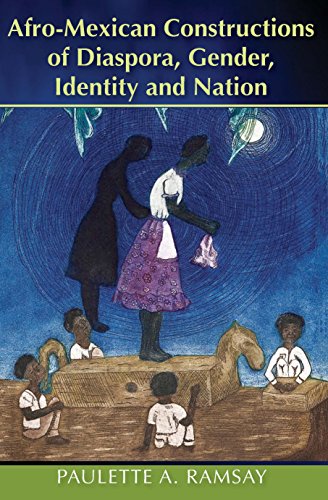What is Afro-Latin America?Posted in Anthropology, Articles, Brazil, Caribbean/Latin America, Media Archive, Mexico, Social Science, United States on 2016-09-06 02:23Z by Steven |
African American Intellectual History Society (AAIHS)
2016-09-04
Devyn Spence Benson, Assistant Professor of Africana Studies and Latin American
Davidson College, Davidson, North Carolina
From Mexico to Brazil and beyond, Africans and people of African descent have fought in wars of independence, forged mixed race national identities, and contributed politically and culturally to the making of the Americas. Even though Latin America imported ten times as many slaves as the United States, only recently have scholars begun to highlight the role blacks and other people of African descent played in Latin American history. This course will explore the experiences of Afro-Latin Americans from slavery to the present, with a particular focus on Haiti, Cuba, Mexico, Brazil, and Colombia. We will also read some of the newest transnational scholarship to understand how conversations about ending racism and building “raceless” nations spread throughout the Americas and influenced the Civil Rights movement in the United States.
In doing so, the course seeks to answer questions such as: What does it mean to be black in Latin America? Why has racism persisted in Latin America despite political revolutions claiming to eliminate discrimination? How have differing conceptions of “race” and “nation” caused the rise and decline of transnational black alliances between U.S. blacks and Afro-Latin Americans?
Last Tuesday, I began my eighth year of university teaching, but my first day at my new institution – Davidson College. Feeling both like a newbie (I was still unpacking boxes of books last week) and like an old pro, I dove right into teaching two introductory courses—Afro-Latin America and History of the Caribbean—passing out the course description pasted above. Both of my courses were cross-listed with Africana and Latin American Studies and fell under my purview as the new professor of Afro-Latin America. Mine is a joint position and the first untenured new hire for both Africana and Latin American Studies. I was initially shocked when I saw the advertisement last summer and remain shocked in many ways that both Africana and Latin American Studies at Davidson were interested in hiring an Afro-Latin Americanist as their first faculty position (other than chair) in two relatively young departments…
Read the entire article here.


